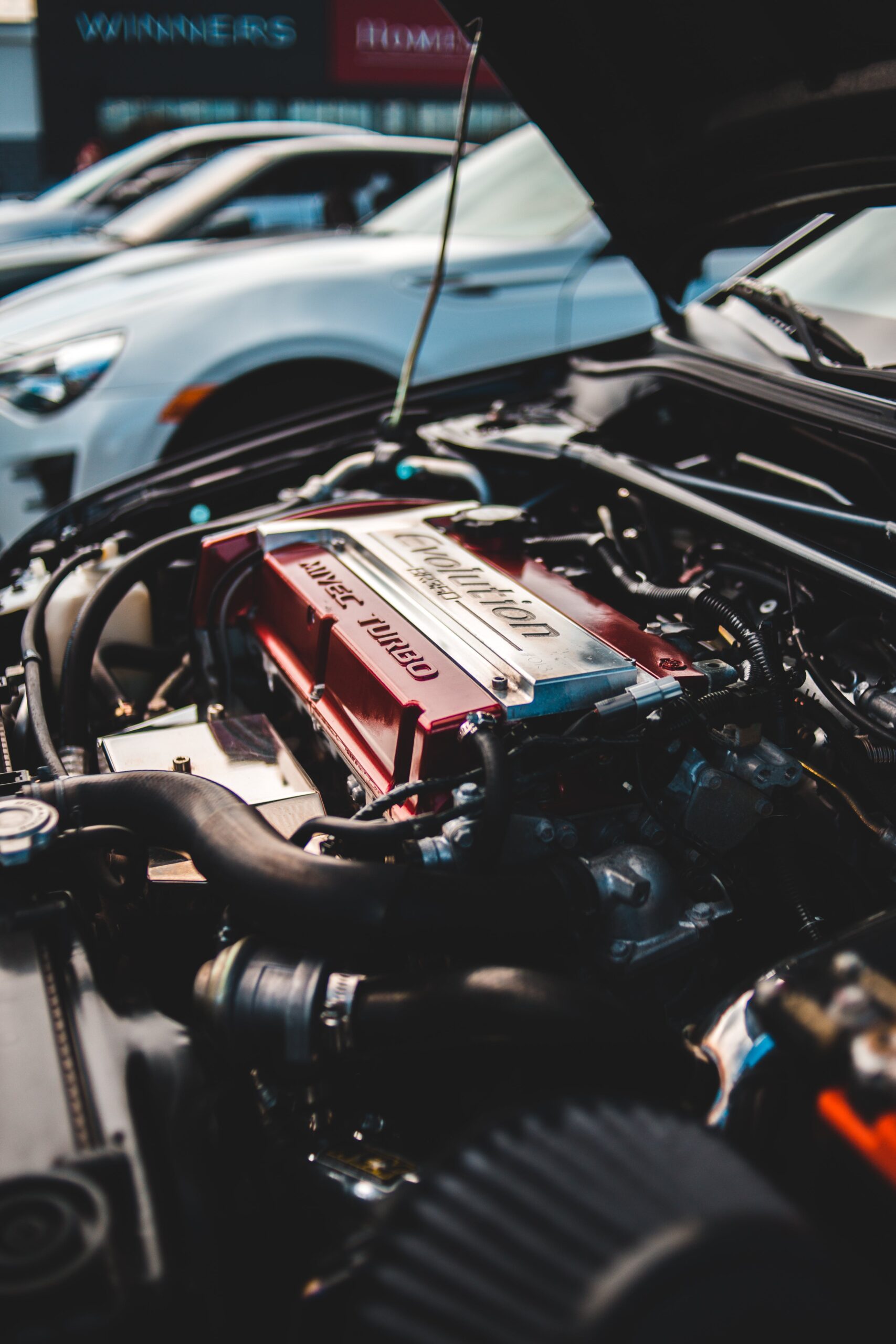For Euless, TX residents, maintaining their vehicle or boat is essential for enjoying the scenic beauty and outdoor adventures this city has to offer. One crucial aspect of this upkeep is knowing how to safely install a replacement battery. Whether you’re planning a road trip or a day out on the lake, having a reliable car battery Euless TX is key to a hassle-free experience. This article will guide you through the process of safely installing a replacement battery, ensuring that your vehicle or boat is always ready to explore this beautiful part of Texas.
Choosing the Right Battery
Before diving into the installation process, the first step is to choose the right battery for your vehicle or boat. Batteries come in various sizes and types, so it’s essential to select one that is compatible with your specific make and model.
Identify Your Vehicle or Boat’s Battery Requirements: Consult your vehicle or boat’s owner’s manual to determine the correct battery specifications. This information will help you choose a battery that meets your vehicle or boat’s needs.
Battery Type: There are generally two types of batteries: lead-acid and AGM (Absorbent Glass Mat). Lead-acid batteries are the traditional choice, while AGM batteries offer improved performance and are maintenance-free. Consider your preferences and budget when deciding which type to purchase.
Safety Precautions
Safety should always be a top priority when working with batteries. Follow these safety precautions to ensure a smooth and secure installation process:
Safety Gear: Wear safety goggles and gloves to protect your eyes and hands from acid and other potential hazards.
Ventilation: Work in a well-ventilated area to minimize exposure to harmful fumes that may be emitted from the battery.
Disconnect the Power: Before starting the replacement, make sure to turn off the engine (for vehicles) or disconnect the power source (for boats) to prevent any electrical accidents.
Removing the Old Battery
Now that you have your replacement battery and safety precautions in place, it’s time to remove the old battery:
Locate the Battery: In your vehicle, the battery is typically located under the hood. In boats, it may be in the engine compartment or a designated battery compartment.
Disconnect the Cables: Carefully disconnect the negative (black) cable first, followed by the positive (red) cable. Use a wrench to loosen the terminal nuts, and be cautious not to touch both terminals simultaneously.
Remove the Battery: Once the cables are detached, lift the old battery out of its tray. Be mindful of its weight, as batteries can be surprisingly heavy.
Installing the Replacement Battery
With the old battery safely removed, it’s time to install the new one:
Clean the Terminals: Before placing the new battery in the tray, clean the cable terminals with a wire brush to ensure a good electrical connection.
Position the New Battery: Carefully lower the replacement battery into the tray, ensuring it sits securely in place.
Reconnect the Cables: Reattach the positive (red) cable first, followed by the negative (black) cable. Tighten the terminal nuts securely.
Double-Check Connections: Ensure that the cables are firmly attached and that there is no corrosion on the terminals.
Testing the New Battery
Now that the replacement battery is securely in place, it’s essential to test it to make sure everything is functioning correctly:
Turn On the Power: For vehicles, start the engine to confirm that the battery is supplying power. In boats, reconnect the power source.
Check for Proper Voltage: Use a multimeter to check the battery’s voltage. A fully charged battery should read around 12.6 volts.
Maintenance Tips
To prolong the life of your new battery, here are some maintenance tips:
Regular Inspections: Periodically inspect your boat or car battery in Euless TX for signs of corrosion, loose connections, or damage.
Keep It Charged: If your vehicle or boat will be sitting idle for an extended period, consider using a battery maintainer or charger to keep the battery charged.
Cleanliness: Keep the battery and its surroundings clean and free from debris and moisture.
Conclusion
Installing a replacement battery in your vehicle or boat doesn’t have to be a challenging task. By following the steps outlined in this article and adhering to safety precautions, you can ensure a safe and successful battery replacement. Remember to choose the right battery, handle it with care, and perform regular maintenance to keep your vehicle or boat running smoothly. With these tips, you’ll be back on the road or the water with confidence in no time.

